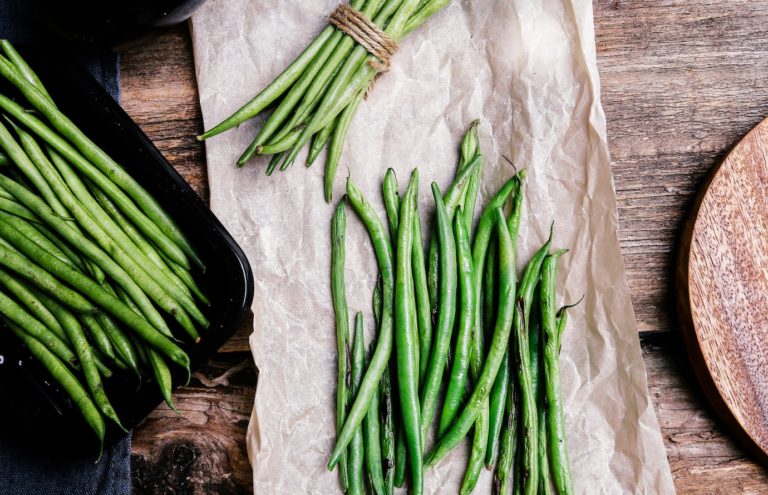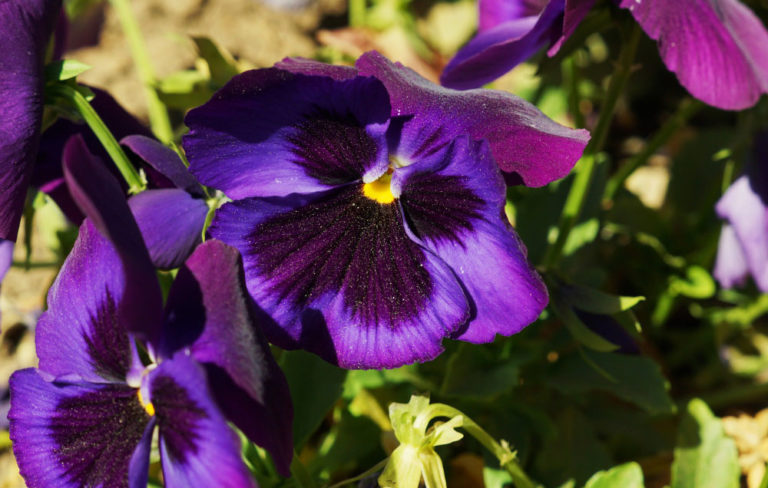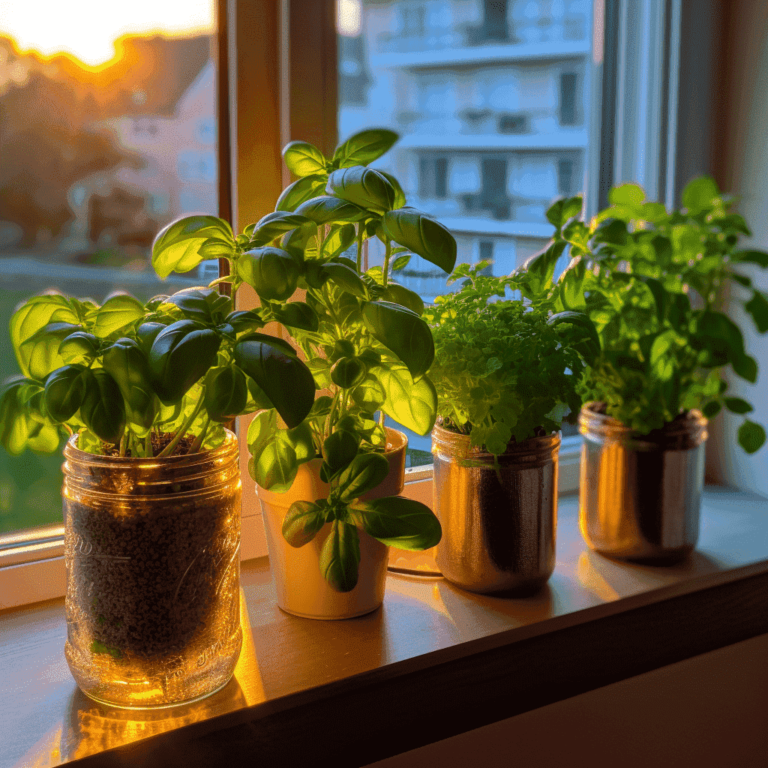Planting and Taking Care of Wandering Jew Plant – 7 Tips
We all want that show-stopping plant in our household, and a wandering jew plant is precisely that. All wandering jew varieties have exceptional foliage and are easy to care for. They’re a great way to jazz up the look of any space, whether it’s a home or an office.
You might be perplexed at first because the wandering jew genus has so many names. That’s why we’ve decided to clear things up by first introducing you to this family.
Besides, if you’re still unsure about which one to get, we’ll share three of the most popular (and personal favorite) varieties to help you decide.
So, let’s start delving into our ultimate wandering jew plant care guide, shall we?
Get To Know the Wandering Jew Plants
We’ll start off by taking you on a quick tour of the fascinating wandering jew genus. This genus also goes by several other names you may be familiar with, the most common of which are:
- Spiderwort
- Tradescantia
- Inch plant
Some people may even refer to it as the wandering dude, as the name “wandering jew” has created lots of controversy over the years.
The tradescantia genus contains about 75 species and is a member of the Commelinaceae family. Their natural habitat is found in the tropical and subtropical regions of the Americas and the Caribbean.
Their gorgeous foliage and blooms quickly made them a favorite for indoor and gardening plants. Not to mention how simple it is to care for and propagate them.
However, you should be aware that some tradescantia types have a reputation for being quite invasive when planted outdoors. They spread rapidly and take over plantings. Luckily, you won’t have to worry about that if you keep them contained as indoor plants.
Some spiderwort species are mildly toxic to humans and pets. Besides, the sap of most members of this genus can irritate the skin.
Popular Indoor Wandering Jew Varieties
Several tradescantia species are planted as vining houseplants, each with distinct beauty. Nevertheless, three types stand out, and they are as follows:
-
Tradescantia Zebrina
The tradescantia zebrina is native to southern Mexico and Guatemala and can grow to be 6-12 inches tall. This gorgeous plant has one-of-a-kind foliage with two silver or creamy white stripes on its green leaves that also have a purple undertone.
Yet, the color palette of tradescantia zebrina doesn’t stop there; you may also come across some of its variants with pink, red, and bronzy hues.
-
Tradescantia Pallida
Northeast Mexico is home to tradescantia pallida, also known as “purple heart.” This trailing plant has remarkable elongated purple leaves and can reach a height of 1-2 feet.
Moreover, it produces three-petaled, somewhat heart-shaped flowers in the summer with pink, purple, or white hues.
-
Tradescantia Fluminensis
We’ll end on a high note with the minimalistic yet enchanting tradescantia fluminensis. It’s native to South America and can reach heights of 6-9 inches.
This plant is also referred to as small-leaf spiderwort because of its small oval leaves that can be three different colors: creamy, pink, and green. It also blooms three-petaled flowers that are typically white.
Wandering Jew Plant Care Instructions
It’s time to walk you through the care instructions for these beauties.
Soil Requirements
Tradescantia plants don’t have many demands regarding the soil mix, so an all-purpose soil will work just fine. They prefer slightly acidic soil with a pH of 5 to 6. Most importantly, the soil must be well-drained so that the plant doesn’t suffer from waterlogging.
Since wandering jew plants prefer moist soil, adding moisture retainers to the soil mix, such as organic materials, is a good idea.
Light Intensity
This houseplant thrives in areas with bright indirect light or partial shade. A word of caution, never place spiderworts facing direct sunlight, or their leaves will develop sunburned brown patches.
You should also avoid leaving the plant in a fully shaded spot. If your lush wandering jew doesn’t receive enough light throughout the day, its foliage will begin to lose color and turn pale.
To explain, the plant’s leaves contain a pigment called chlorophyll, which gives them color and aids in food production through photosynthesis. Because chlorophyll depends on sunlight, its functions are disrupted when there’s insufficient light supply.
Temperature and Moisture Levels
Wandering jew plants flourish in temperatures ranging from 65 to 75°F. These hardy ones can even withstand hotter temperatures, but you must maintain a healthy watering schedule to avoid dehydration.
Nonetheless, a tradescantia won’t appreciate temperatures below 50°F. Therefore, please keep it away from air drafts, such as those caused by open windows, during the winter.
These lovely houseplants favor humid environments, so maintain high moisture levels in their surroundings. You can easily do this by regularly misting their leaves with a spray bottle.
Watering Frequency
Although spiderwort is drought-tolerant, it prefers to grow in slightly moist soil. This plant needs to be watered once a week during the warmer months of summer and spring. Whereas, during the colder months of fall and winter, you should only water it once every two or three weeks.
Keep in mind that there’s a fine line between keeping the soil moist and overwatering. To avoid crossing it, poke the top layer of soil with your finger to make a quick assessment. If it’s dry, the plant needs to be watered; otherwise, you’ll have to postpone its hydration.
Pruning
Tradescantia plants have a rapid growth rate, growing about an inch per week. The plant will eventually become leggy and take up a lot of space. At that point, you’ll need to prune back a few stems to promote healthier, bushier regrowth.
You can either cut or pinch the stems above the leaf node, but in either case, you must sterilize your pruning tool. Just be sure to prune your wandering jew during its active growing seasons, which are spring and summer.
Wrapping Up
You now know for a fact that wandering jew plant care instructions are super easy to follow. Simply keep it out of direct sunlight, maintain a healthy watering schedule, increase moisture, and prune it frequently.
In the end, all of your efforts will be rewarded when you see your spiderwort grow into a spectacular-looking plant!
Related Posts
- When is the best time to water your garden
- Container Gardening for Beginners: 10 Awesome Tips to Get Started
- When is the best time to water your garden
- 6 Easy Gardening Tips for a Busy Person







